
Which eco-labels are relevant?
It’s easy to get lost in the jungle of certifications that respond to environmental requirements. Which eco-labels are actually relevant in today’s furniture industry?
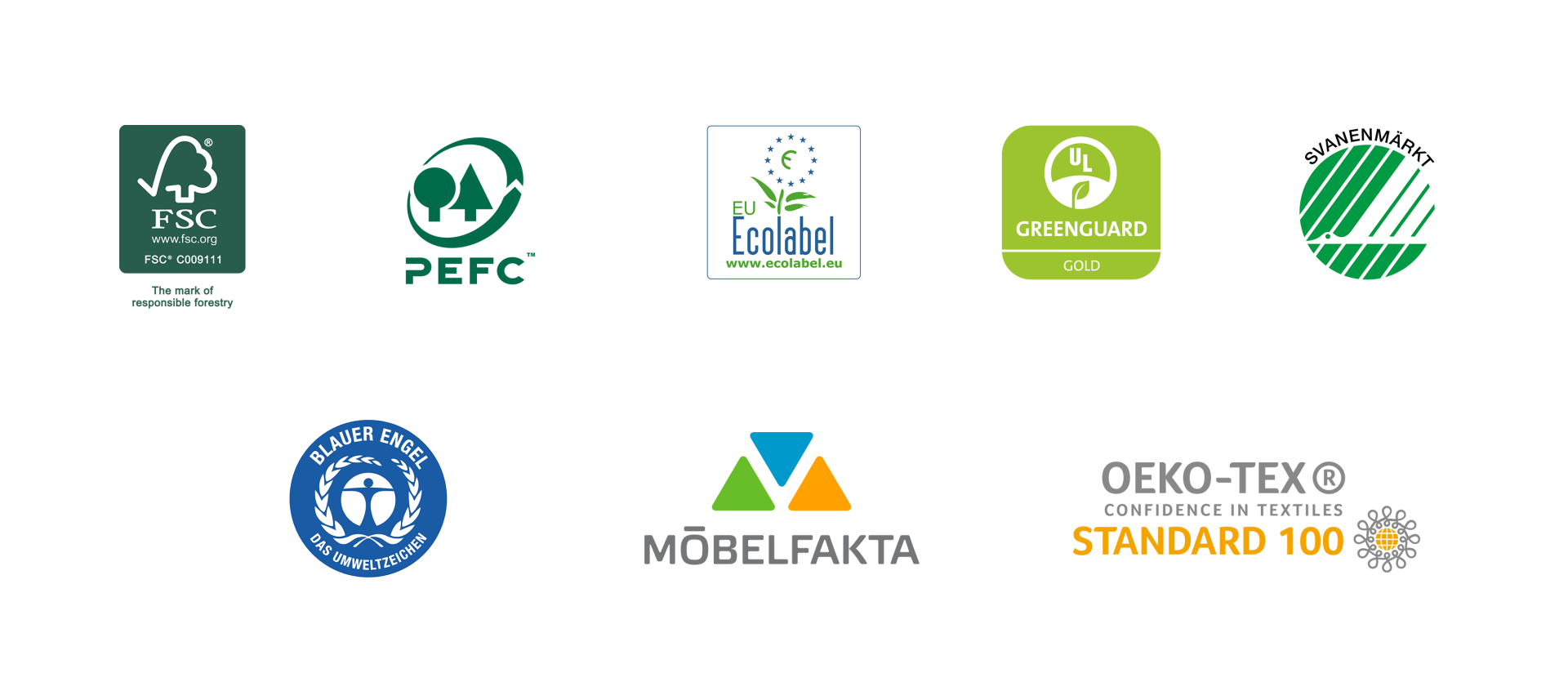
The certification jungle
There are a great many eco-labels on the market, and it can be difficult to decide which are relevant and credible. Many labels are aimed at a specific area or material such as FSC® and PEFC for wooden goods from responsibly managed forestry, or Oeko-Tex® for textiles. One of the reasons for the plethora of eco-labels is that many countries have their own national standards and eco-labels.
Here’s a selection of eco-labels:
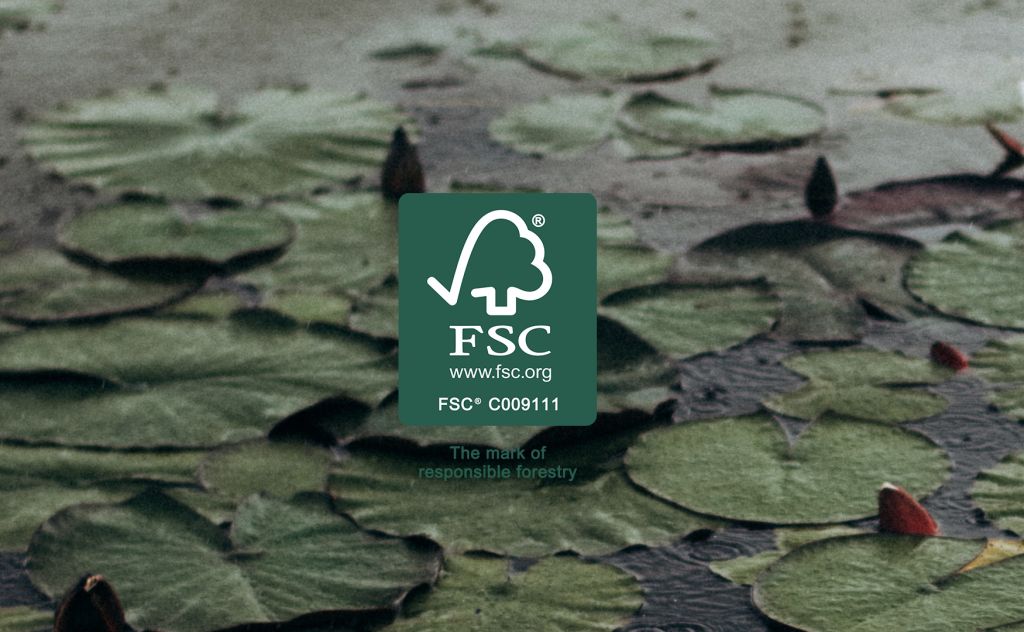
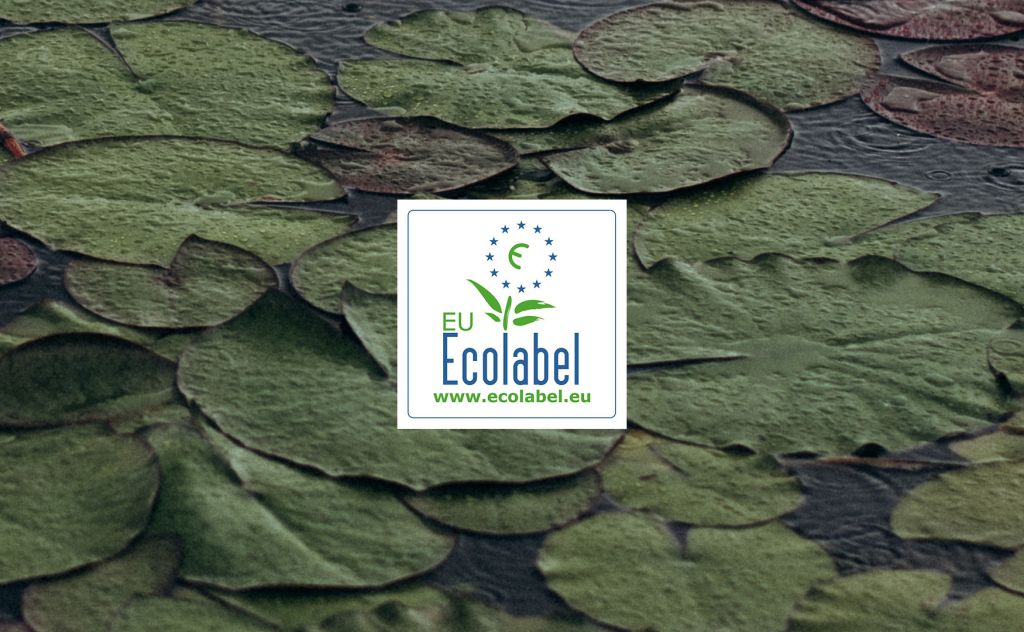
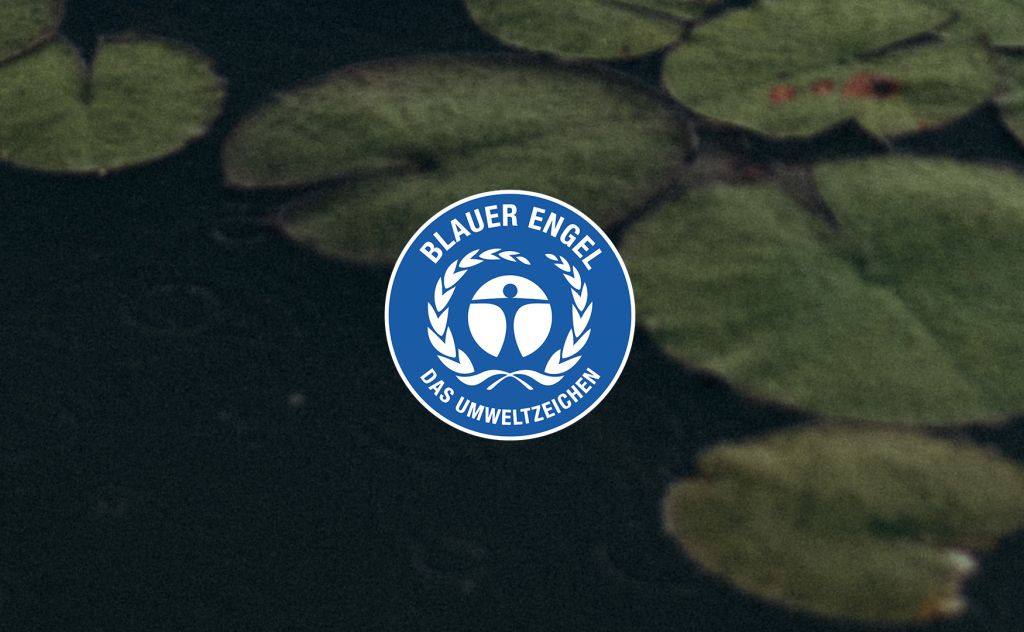
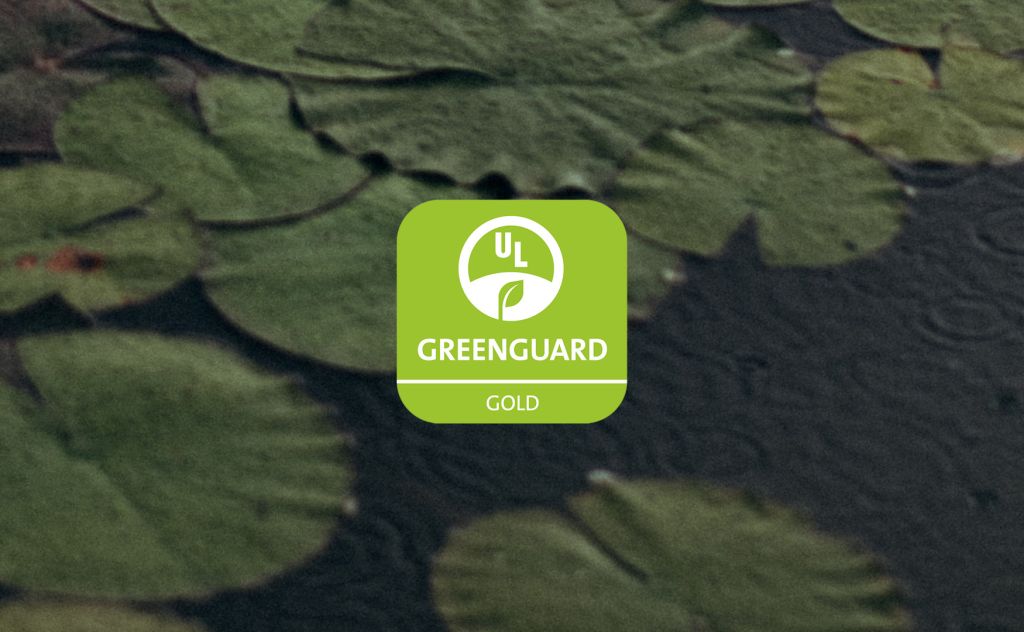
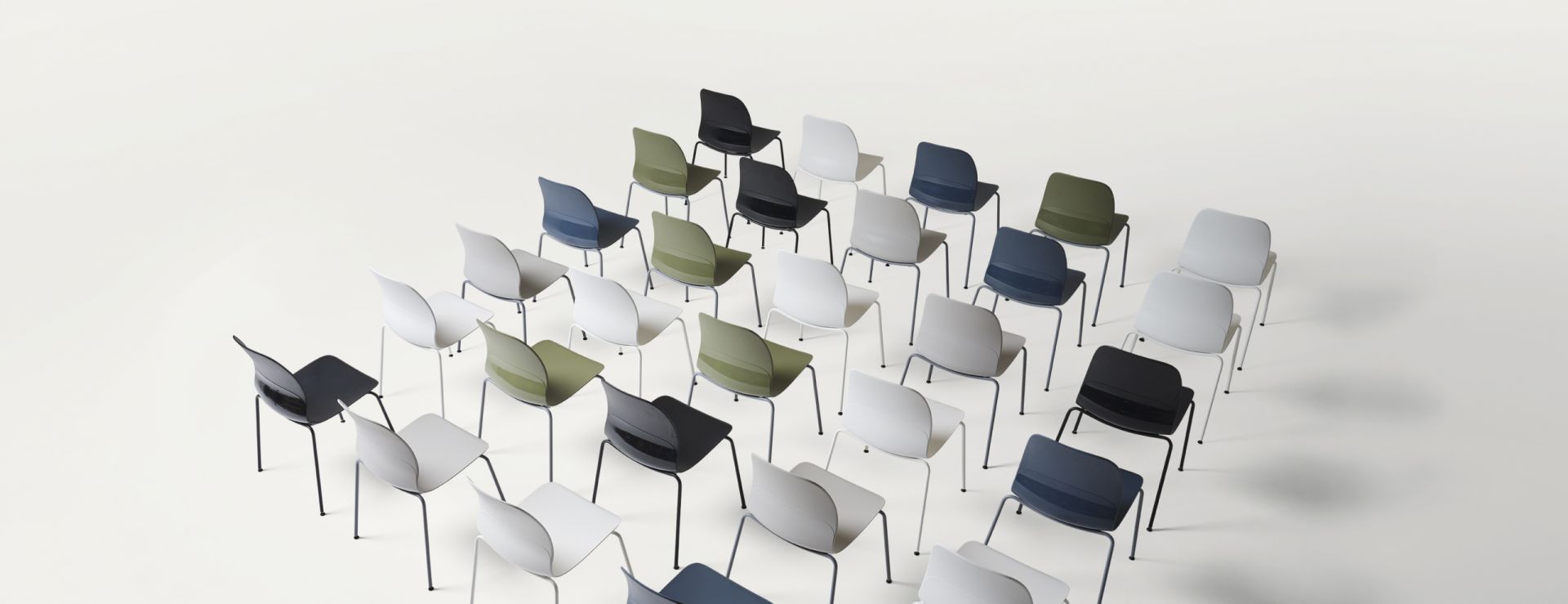
Swedish environmental standards
There are no requirements for eco-labelled furniture in today’s Swedish public tenders. Nevertheless, there is a benefit in using eco-labelled furniture in procurements since any standards can be verified quickly and easily through the relevant eco-labels. Möbelfakta and the Nordic Swan are the most common eco-labels in Sweden and Norway and are the labels that EFG focuses most on. However, Norwegian Møbelfakta should not be confused with Swedish Möbelfakta as these are two entirely different labels with major differences in environmental and social responsibility.

Möbelfakta – broad, reliable certification
Möbelfakta is the leading eco-label and is in most demand for furniture in Sweden with requirements for quality, the environment and responsible supply chains. Möbelfakta is a non-profit company and an independent Type 1 label according to ISO 14024; Möbelfakta is comparable to the Nordic Swan and the EU Ecolabel. Möbelfakta is an aid for producers, purchasers, designers, architects and others who use or work with furniture.
Möbelfakta standards must be met in the following areas:
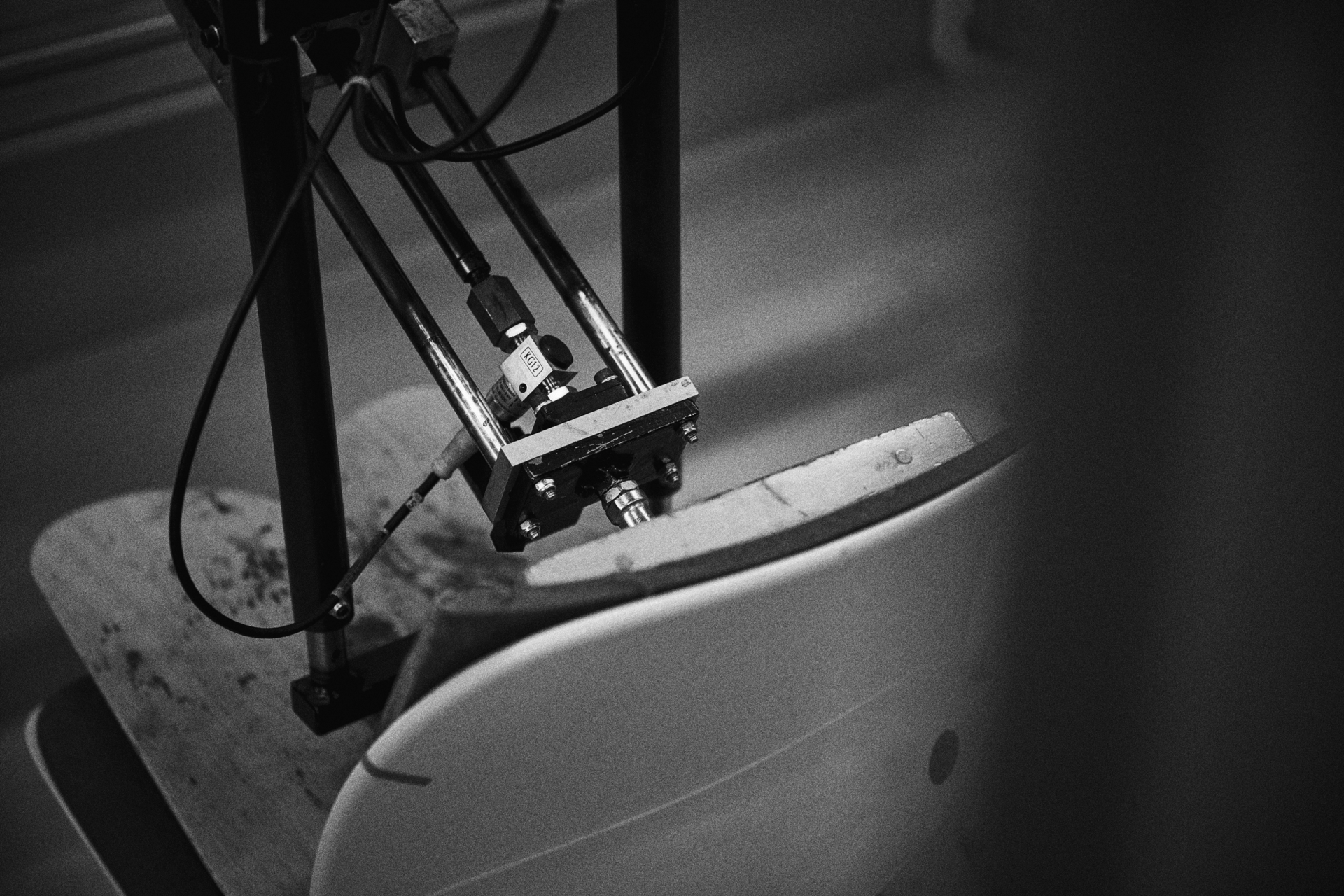
Quality
Furniture must meet standards of e.g. safety, function, surface resistance, fire regulations, textile standards and in some cases even size and acoustics.
If there is a technical quality assurance standard for a product, producers can often label their furniture through Möbelfakta. Möbelfakta’s technical standards are based on the fulfilment of international EN and ISO standards. In practice, this means sending furniture to an accredited laboratory where it’s tested for resistance to punishing wear with associated durability standards for textiles and painted surfaces.
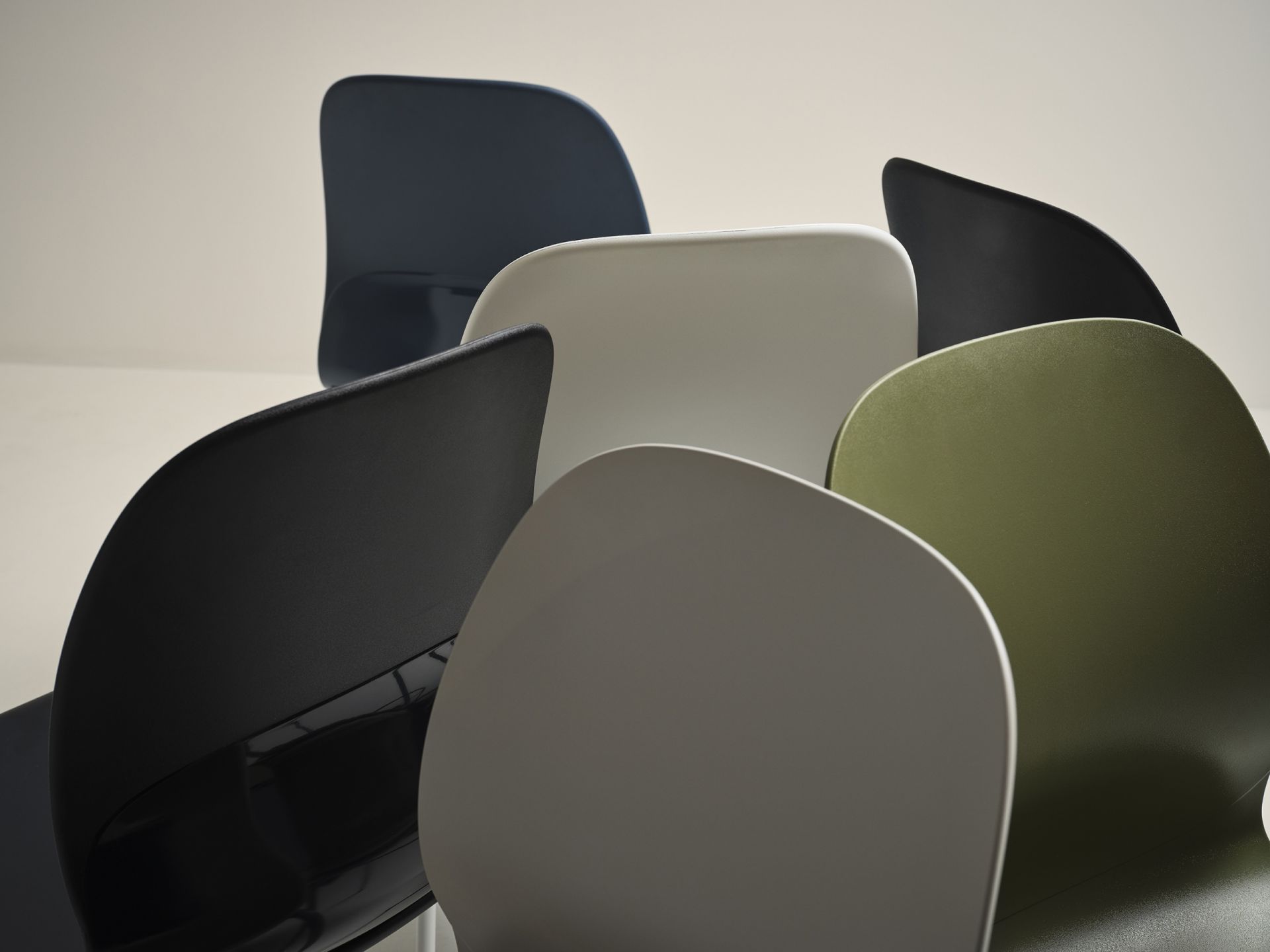
Environment
Möbelfakta’s environmental standards are based largely on UHM’s recommended environmental requirements. Among the things it includes are standards for wood raw materials, formaldehyde emissions and chemical content in textiles, plastics, padding, paints and adhesives. Möbelfakta sets stringent environmental standards for input materials and ensuring that the finished product has minimum impact in both production and usage. Materials must meet high standards regarding chemical content, emissions, sustainable forestry and a minimum impact on people and the environment.
The requirements for finished furniture include labelling and traceability, maintenance and product information, spare parts, recycling and packaging. Thus, Möbelfakta acts as verification that environmental standards in a procurement are met.
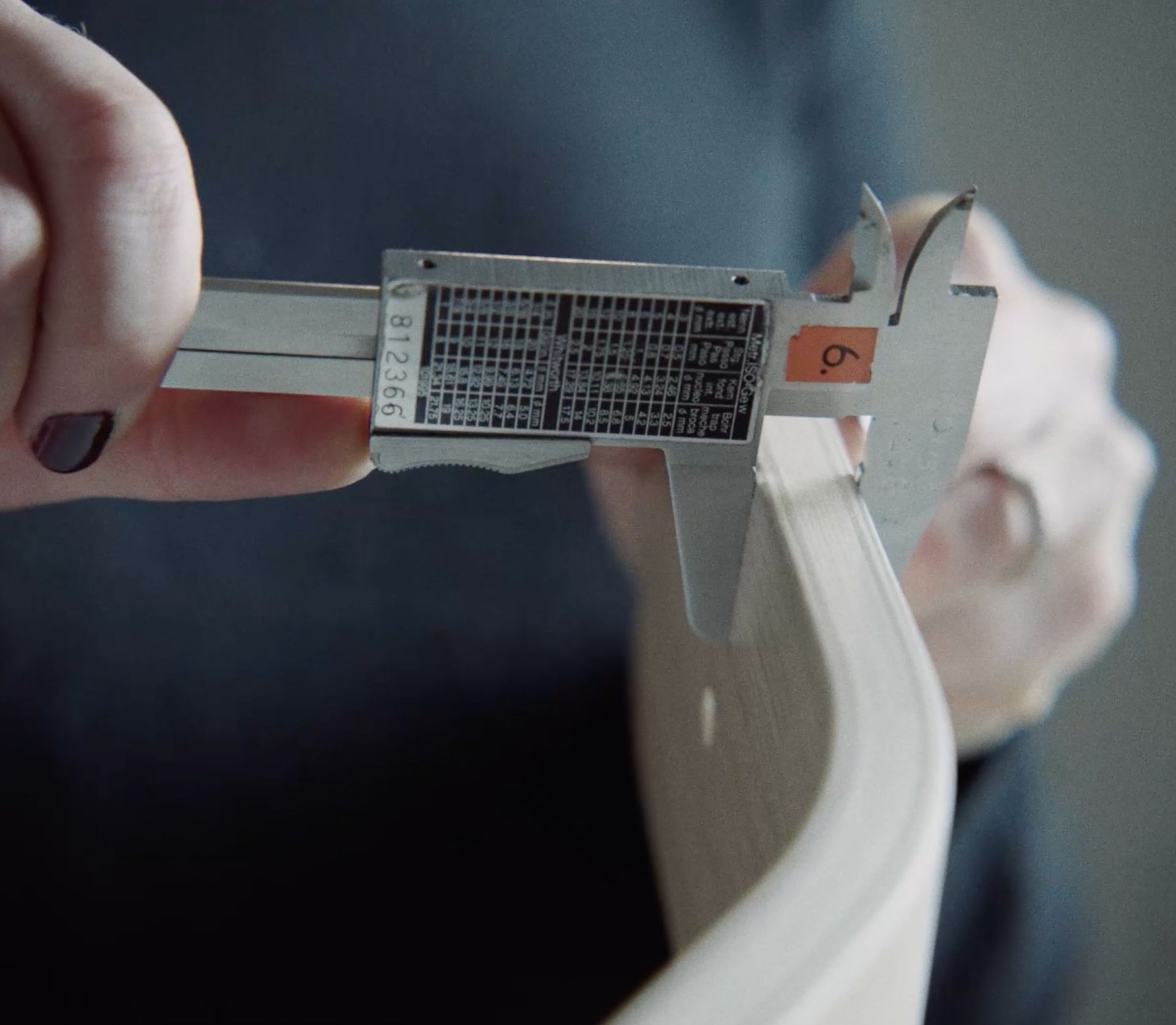
Responsible supply chains
Uniquely, Möbelfakta is one of very few labels that require decent working conditions for the people who make furniture. Social responsibility is ensured by charting and analysing the risks associated with the furniture producer’s supply chain. Möbelfakta also requires all suppliers to be assessed for risks regarding breaches of the Code of Conduct, and that measures be taken should the assessment show elevated risks. Möbelfakta requires companies producing furniture to have a Code of Conduct that broadly complies with the fundamental human rights in the UN’s Global Compact and the ILO’s eight core conventions. The Code of Conduct must be communicated down the supply chain, and there is a requirement for this to be verified, along with compliance with the Code on the part of the producer’s supplier as well as other suppliers in the chain.

The Nordic Swan – the Nordics’ official eco-label
The other major eco-label for furniture in Sweden today is the Nordic Swan, which is government-owned through the Eco-labelling Sweden organization. The Swan label takes climate, chemicals, resource efficiency and biodiversity into account.
Nordic Swan labelled furniture meets environmental requirements for raw materials such as wood, metal, padding and plastics. The label also takes into account a product’s life cycle, its raw materials, production and usage to reuse, recycling and waste. It sets comprehensive standards for materials and chemicals used in production, emissions of harmful substances and requirements related to the user phase and circularity aspects. Nordic Swan’s environmental standards are broadly equivalent to those of Möbelfakta.
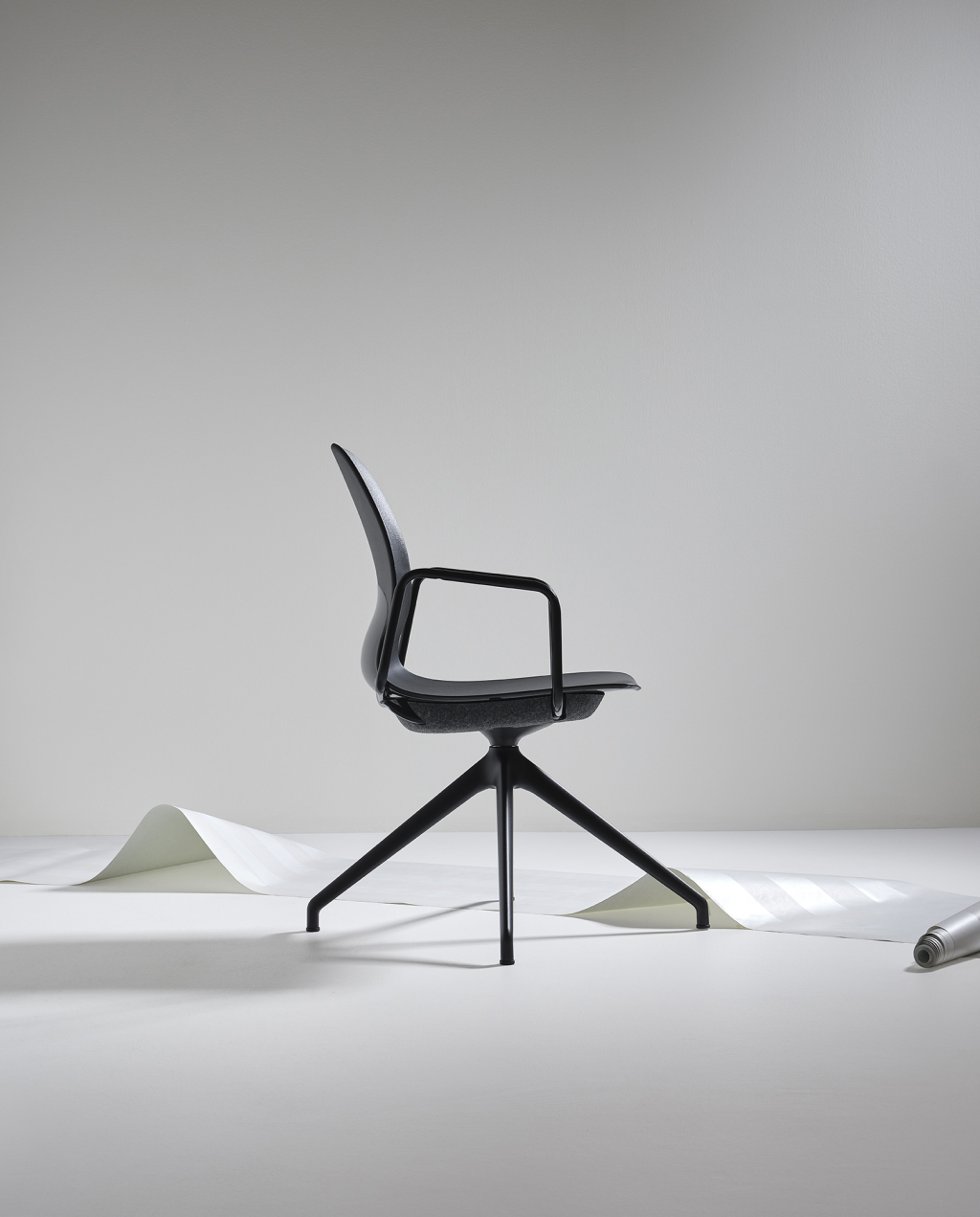
The standards include:
– The use of sustainable, renewable raw materials; e.g. a requirement for traceability and at least 70 per cent certified wood raw materials.
– Environmental and health properties of chemicals used in manufacturing, as additives to the material or for use as surface treatment. There are also stringent standards regarding the use of substances that are carcinogenic, toxic for reproduction and harmful to genetic material, and the prohibition against halogenated fire retardants, fluorides and antibacterial additives including nanoparticles.
– Limitations regarding content and the release of formaldehyde and VOCs in relevant chemicals and materials such as adhesives, padding, textiles, wood-based board and laminates.
– Limits for energy consumption during the manufacture of wood-based board and laminates and standby energy consumption for e.g. height-adjustable desks.
– Quality and function tests.
– Warranties, spare parts availability and circular design.
Related stories
Möbelfakta vs the Nordic Swan
The Nordic Swan and Möbelfakta are two major eco-labels for furniture, what is it..
How do we identify the best eco-friendly furniture?
Because the furniture industry impacts the environment in several different ways such as through the use of materials and..
How do we fight deforestation?
Wood is extremely common in furniture, and this means the furniture industry can affect deforestation to..


